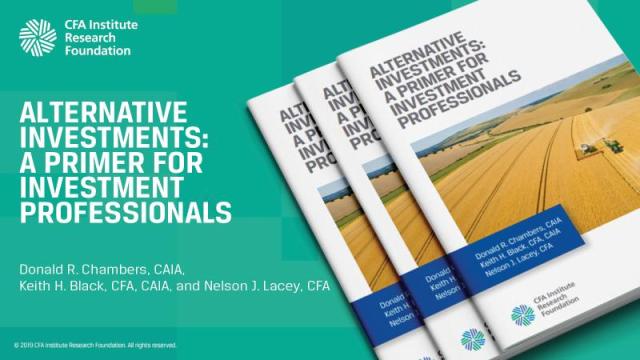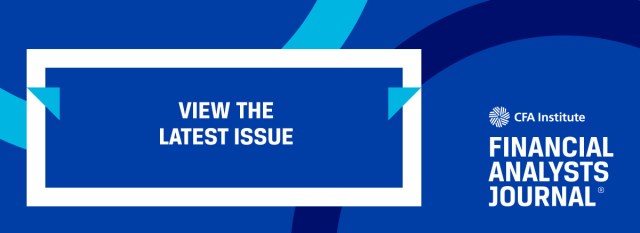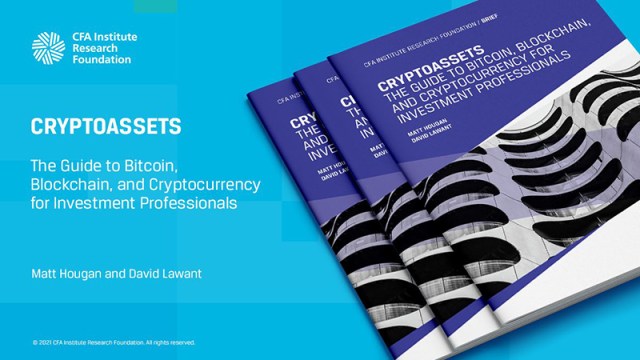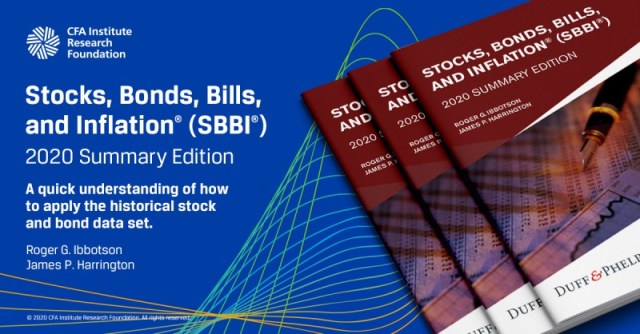[ad_1]
“Perhaps what cannot be wholly understood cannot wholly be destroyed.” — Anthony Burgess, Kingdom of the Wicked
Three myths about the reliability, predictability, and resilience of private equity (PE) performance play a salient role in drawing investors to the asset class.
To prove outperformance, however, PE returns are assessed relative to those of other asset classes. From this practice, the myth of performance comparability emerges.
Myth IV: Private Equity Performance Can Be Benchmarked
Our fascination with league tables bears some of the blame for the competition around performance reporting. Asset managers’ results are often benchmarked against those of their peers. PE managers typically report the quartile in which the investment returns of their vintage funds fall.
But it serves PE firms’ interests to make their true performance cryptic. If prospective investors can’t get a full grasp of a fund manager’s relative results, they will be susceptible to marketing tricks and branding and more prone to such behavioral biases as fear of missing out (FOMO), anchoring, and homophily, or our tendency to associate with those with whom we bear a resemblance.
In addition to performance manipulation techniques, PE fund managers have devised various strategic tools that make it difficult to analyze and assess their returns.
By building giant one-stop shops, for instance, the Big Four PE firms — Apollo, Blackstone, Carlyle, and KKR — are configuring a unique business model. Prospective investors are unable to benchmark them against the rest of the pack. They are becoming peerless, even if Ares, Bain Capital, CVC, EQT, and TPG, to name a few key challengers, are trying to keep up.
This is a risky enterprise. TPG’s field of expertise is supposedly mega buyouts, yet its track record does not always inspire confidence. My former employer Carlyle’s notable failures in the hedge fund space are hardly commensurate with the firm’s reputation. Meanwhile, EQT recently exited its credit activities business. All of which demonstrates that there are many false starts on the road to incomparability.
Individual fund managers are careful to conceal their money-making process. The investment pyrotechnics of leverage buyout (LBO) artists infuses the latter with an air of mystery derived as much from their financial innovation as from the ambiguity of their reported performance. But this theory of comparability has another side that has much broader ramifications.
Benchmarking against Public Markets
The accumulation of surplus capital from institutional investors is an almost infinite game. Blackstone reached $500 billion in assets under management (AUM) in the first quarter of 2019. But by then, the firm had already set its sight on $1 trillion. For this reason, the Big Four are not so much in competition with their PE brethren. Rather, they aim to poach market share from other asset management sectors and morph into fully diversified private capital groups.
To attract a broader asset base and, in the process, significant fee-extraction opportunities, the leading firms emphasize their economic value creation and growth-enhancing pedigree. There’s a fatal logic to this. To appeal to this capital, PE firms have to market themselves as outperformers relative to the most visible and popular asset class: public equity.
Regrettably, PE has failed to outperform the public markets in recent years. Ample research backs this up. In a study of cash flow data from almost 300 institutional investors in more than 1,800 North American buyout and venture capital funds, Robert S. Harris, Tim Jenkinson, and Steven N. Kaplan determine that US private equity returns for post-2005 vintages were more or less equal to those of the public markets.
PE investors earned an average annual return of 15.3% for the 10 years ending in June 2019, according to Bain & Company. Over the same period, the S&P 500 generated annualized returns of 15.5% on average.
In a forthcoming study of US endowment fund performance, Richard M. Ennis, CFA, finds that none of the 43 reviewed funds outperformed the public markets over the last 11 years, but one in four underperformed. “The problem,” Ennis writes, “is the combination of extreme diversification and high cost.”
Late last year, consulting firm CEM Benchmarking added its own research into the mix to show that, net of fees, PE underperformed small-cap stock indexes in the past two decades. The researchers concluded that an in-house, lower-cost approach was the only viable investment strategy.
Flawed Analytical Tools
These findings are stark. But they don’t tell the whole story. In my experience, the inconsistencies inherent in the analytical process render these comparison exercises futile. What is most surprising about PE industry performance data is that anyone relies on it in the first place. Returns are so easy to manipulate and misreport that it is impossible to prove their relative superiority or inferiority let alone their veracity.
The shortcomings of the internal rate of return (IRR) method are well documented. To address its deficits, Austin Long. III, and Craig J. Nickels, CFA, developed a tailor-made indicator — the public market equivalent (PME) or index comparison method (ICM). The PME reproduces private equity cash flows as if the same capital calls and distributions had occurred in the public markets. The yield is then compared to the fund’s actual IRR. If the IRR outperforms the PME, then the fund outperformed the public index.
Don’t think that, from then on, the PME became the new yardstick to measure performance and reach a definite conclusion to determine whether the illiquid asset class outperformed public equity.
Almost as soon as the PME was introduced, academics developed new metrics to supersede it. Why? Because as Warren Buffett once observed:
“The data are there and academicians have worked hard to learn the mathematical skills needed to manipulate them. Once these skills are acquired, it seems sinful not to use them, even if the usage has no utility or negative utility.”
No fewer than four subsequent versions of the PME have been introduced. Christophe Rouvinez devised PME+ to better match the net asset value (NAV) of the index investment to the NAV of the fund. After that, the modified PME (or mPME) was conceived. Then researchers proposed the direct alpha method. Among the PME’s later incarnations are the implied private premium (IPP or PME Alpha) and the alternative ICM.
Other metrics abound. There’s the cash-on-cash or money multiple, distributions to paid-in capital (DPI), residual value to paid-in capital (RVPI), and total value to paid-in capital (TVPI). The proliferation of analytical tools is a serious issue. Buffett has a point.
Perhaps the principal flaw of the research into PE performance is that the conclusions are drawn from a subset of performance data and then compared to the S&P 500, or some other benchmark, which itself reflects a sample of public stocks. Unfortunately, no data provider has access to a comprehensive list of the 5,000-plus PE firms operating worldwide. Academic research is undermined by the fact that datasets are not representative of the PE fund universe.
The Process of Complexification
No one can definitively demonstrate that PE performance exceeds or lags behind that of the public markets. Issues of representativeness, biases, misreporting, comparability, manipulation, and persistence make such determinations all but impossible.
Of course, fund managers are all too keen to overengineer their performance reporting and assessment processes. Inevitably, these elevate their fabled track records with enough arcane opacity to frustrate any efforts by detractors to disprove them.
Using the financial equivalent of mystical incantations, fund managers will herald the benefits and quality features of their product and their ability to control and nurture portfolio assets as majority shareholders. Marketing experts also know that complexification of a technical product helps hide its deficiencies. Complexity leads to incomprehensibility.
Perhaps the most enduring and misguided notion motivating inquiries into PE performance is that investors are rational. If researchers can prove — in itself a quixotic undertaking — that PE performs no better than public markets, they imagine institutional investors will cease allocating capital to the asset class.
But as the management guru Peter Drucker once wrote:
In other words, the PE firms’ clients — institutional investors — are not rational. They would continue to commit capital to PE even with indisputable proof that the asset class cannot consistently and persistently beat public equity. To comprehend such behavior, it is worth remembering the famous business motto from the 1980s: “Nobody ever got fired for buying IBM.”
Takeaways for Investors
This series has revealed several key insights about private equity:
- PE performance is not reliable: Fund managers can manipulate and fabricate results.
- PE performance is not replicable: Fund managers do not consistently demonstrate unique capabilities to drive returns, which are thus neither predictable nor resilient.
- PE performance is not comparable: There is no consensus on the measurement techniques and standards to apply to derive returns on investment.
Prospective PE investors still eager to play the game must therefore follow a disciplined approach. This entails:
- Diversification by allocating capital across a select and thoroughly due diligenced subset of fund managers.
- Committing capital on a deal-by-deal basis rather than through a fund. This has two key advantages: For management fees, the clock only starts ticking when the investment takes place rather than when the capital is first committed; and investors retain full discretion on which deals to participate in.
- Investing directly to avoid fees altogether.
Like ghosts, witches, and elves, the superiority, resilience, and persistence of private equity performance are urban legends. Even if myth-making has enabled the sector to record a parabolic rise in the past decades, the evidence cannot be gainsaid: PE results can neither be benchmarked reliably nor delivered consistently. Which is what makes the industry’s exorbitant fees so baffling. Most fund managers still impose a generous 2/20 fee structure, or 1/20 for megafunds.
How do they get away with it? For the reasons we have shown. They work tirelessly to perpetuate a thick veil of opacity that renders their trade incomprehensible.
The rent-seeking imprint is safe. Unless change comes from within.
As he prepared to bow out of the industry in 2004, legendary LBO trailblazer Teddy Fortsmann halved the annual fees his firm Forstmann Little charged clients, slashing them from 1.5% to 0.75%. He declared at the time:
“I thought, it’s just not fair. I don’t see how we can make the kind of returns we have in the past, and as long as the returns are going to be less, probably the fees should be less.”
Seventeen years later, is it time for another reality check?
If you liked this post, don’t forget to subscribe to the Enterprising Investor.
All posts are the opinion of the author. As such, they should not be construed as investment advice, nor do the opinions expressed necessarily reflect the views of CFA Institute or the author’s employer.
Image credit: ©Getty Images / Anders Blomqvist
[ad_2]
Image and article originally from blogs.cfainstitute.org. Read the original article here.






